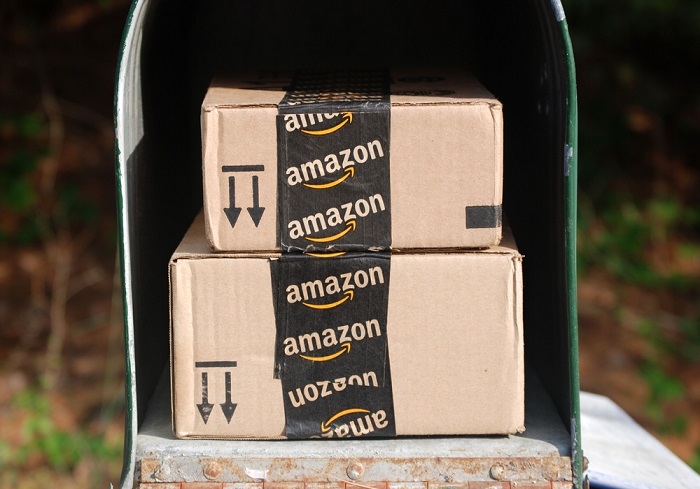
While consumers are more than happy to play around with the latest and greatest gadgets startups can dream up, if there’s one thing 2015 has shown the retail world, it’s that many shoppers are happy to buy everyday items as long as they get there fast and cheap. On-demand delivery has exploded from humble beginnings just a year ago, and as startup after startup throws its hat into the grocery or alcohol or made-to-order meal delivery business, few have stopped to wonder if the race has already been won.
By who? Who else — Amazon.
A year doesn’t go by without Amazon making headlines a few dozen times, but 2015 marked a concentration of newsworthy events related specifically to getting customers their goods faster and more efficiently than ever before. On the surface level, Amazon made several highly publicized improvements, updates and expansions to its Prime Now delivery service. In addition to expanding across both coasts and the Midwest, Amazon has added targeted services, like alcohol delivery in targeted test cities, such as Seattle and New York. In total, more than 20 urban centers in the U.S. can have a selection of Amazon’s millions-strong catalog delivered within an hour — plus local offerings that grow by the week.
“So what?” the Amazon skeptic might say. Expanding on-demand delivery services just proves that Amazon has more reach and resources than any run-of-the-mill, door-to-door delivery startup. However, a few key projects — some of which are being kept under wraps — could be where experts look back in five years and indicate the point where Amazon truly won the on-demand delivery arms race.
First, there’s Amazon’s flashy drone program, which the company released a promotional video for several weeks ago. Due to regulatory issues and internal development schedules that Amazon has remained tight-lipped on, it’s not clear when the retailer’s drones might see actual deployment. However, with former Top Gear host Jeremy Clarkson guiding viewers through the drones’ eventual capabilities, it works better to see the video as a promotional tool rather than a cut-and-dry announcement. After all, laying a groundwork of shopper familiarity with a technology as potentially disruptive as drones seems like a key element of consumer adoption when the first drone deliveries inevitably hit the runway.
While Amazon might not be ready to rule the skies with drones, a November report from Motherboard explained how all likely signs point to the eCommerce giant leasing out a commercial Ohio airstrip, along with four 747 cargo planes. Amazon officials would neither confirm nor deny the rumors, but the registered flight paths of the four airplanes have them landing in cities across North America, yet all within 60 miles and, in some cases, 20 miles of Amazon fulfillment centers.
Again, details are scarce, but starting its own carrier freight service could be a potential windfall move as Amazon continues to scale up its delivery services. Unlike startups that handle just the last mile of deliveries, Amazon has a larger stake in how products get from their origins to their destinations — no matter how many different channels items have to pass through to get there. Amazon can’t flex its logistical muscles over competitors just yet, but by starting to own parts of its own supply chain, it is yet again laying the groundwork in 2015 for domination in the future.
“But wait,” the Amazon skeptic pipes up again. “Drones and cargo planes don’t make a delivery empire.” They certainly do not, but in conjunction with each other, they provide more of a foundation for one than vice versa. And with Re/code reporting that Amazon has also purchased several thousand tractor trailers to add a ground wing to its burgeoning shipping department, the potential for a cross-media delivery conglomerate shouldn’t seem so far-fetched.
Amazon has shown before that it’s not shy about taking risks that other brands might not have the stomach or resources for. And just like how the early detractors of its drone program have had to backtrack on their ridicule of the concept, a few years from now those same experts might be wondering how they missed all the signs in 2015 that Amazon had taken the first steps toward delivery domination.